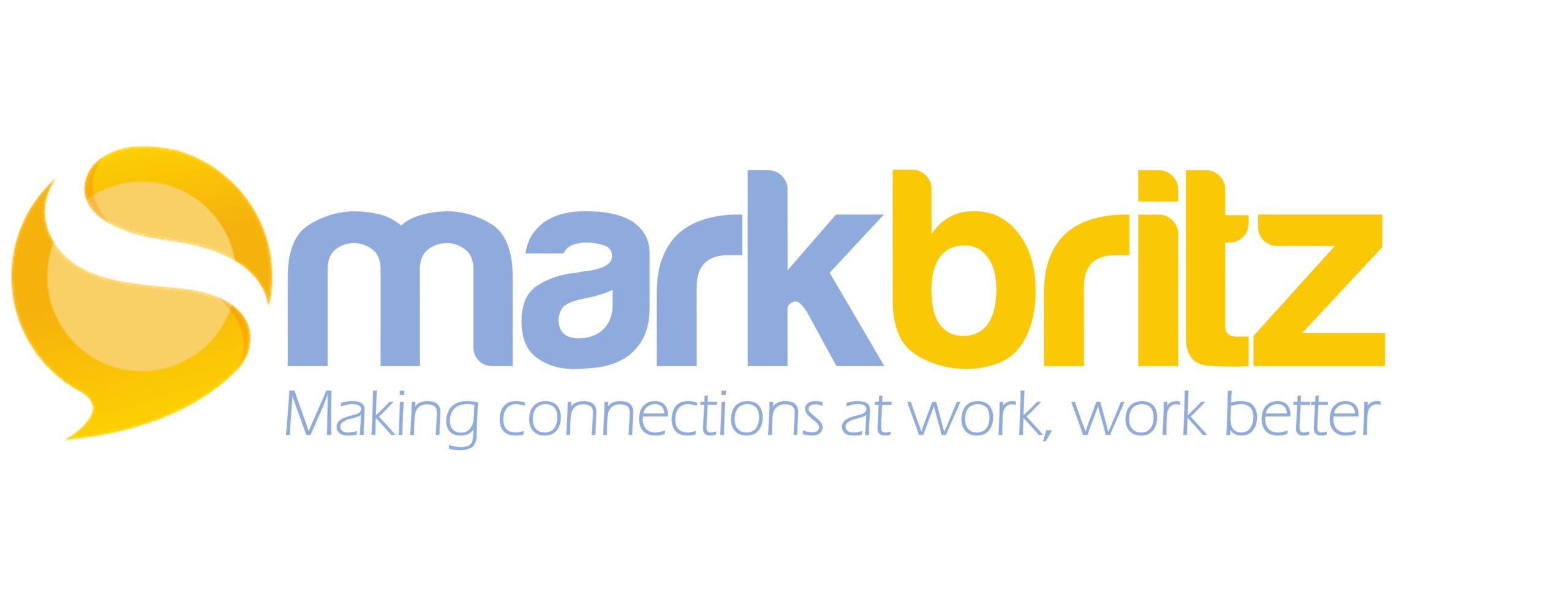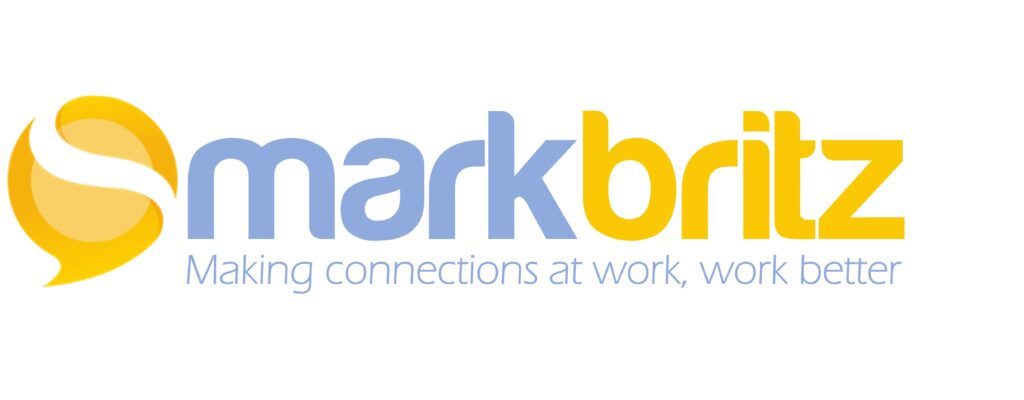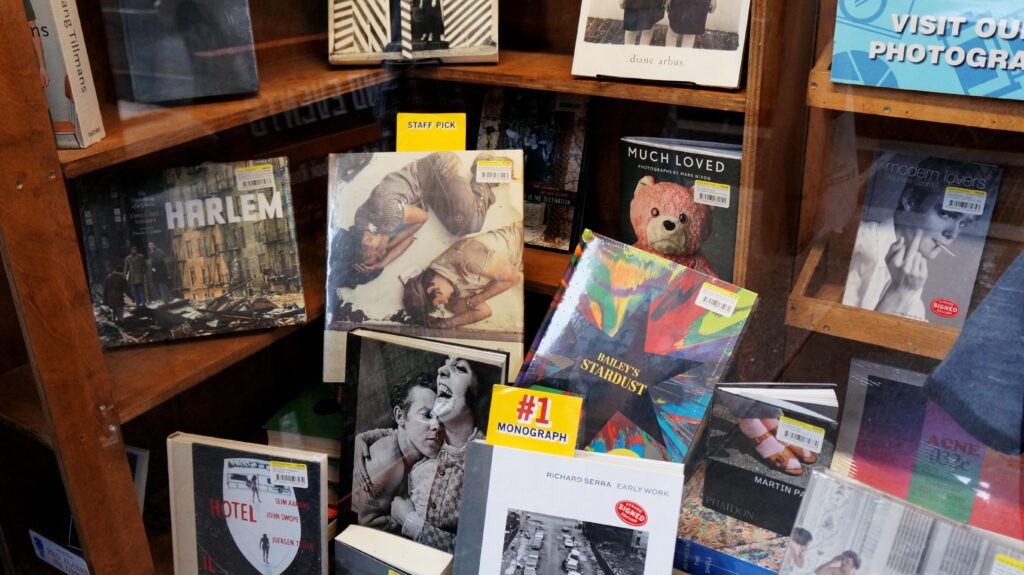The tales of CEO James Daunt are fascinating. We’ll never know the nuance of his acts as CEO of two struggling book sellers, Waterstone (UK) and Barnes & Noble in the US but the approach taken in each is similar, simple… and emphasizes social connection.
Recently (as in my last post) I shared a breakdown of what a Social By Design Solution (SxDS) contains. I’ll add here that the post was written to see SxDS as change agents for established systems but and SxDS can also serve as design principles for consciously planning organizational design. James Daunt, CEO of Barnes & Noble, as you can read in this short Inc. article,” was most certainly working to change a tired book seller that was struggling mightily against the ecommerce giant, Amazon. Most articles on his efforts told a tale of desperation before Daunt arrived. A book seller that lost it’s way, focusing less on books and more on cafes and tchotchke to draw people in. Consumers were confused and the numbers showed it. Sales and reputation plummeted.
James Daunt turned around Barnes & Noble by using his experience in turning around Waterstones in Britain. He focused on what B&N was supposed to be, what it could offer that Amazon couldn’t – a connection to the community each store was in. He refused to discount books, stopped promotions, and refused promotional money from publishers in exchange for purchase commitments and prominent placement. Instead, he wanted the best books in the window and let the people working in the stores make these decisions. He weeded out the rubbish being sold in the stores and asked employees in the outlets to take every book off the shelf, and re-evaluate whether it should stay. He refused to dumb-down the store offerings and wanted to create an environment that’s intellectually satisfying. Book sales at Barnes & Noble began rising again and the turnaround has delivered remarkable results, with the opening of 16 new bookstores in 2022, and now will double that pace of openings in 2023.
Here’s the key social piece of his approach, “[He] let the people working in the stores make these decisions.“
Let’s look at Daunt’s approach in reference to the 6 characteristics of a SxDS.
Stimulates org-wide communal, cooperative, or collaborative behavior: Barnes & Noble’s approach encourages store managers to get to know their customers and tailor their inventory and promotions to their interests. This requires collaboration and communication between store managers and customers, which creates a sense of community within each store.
Influences behaviors indirectly through systems change: Traditionally, managers carried out decisions from HQ, were influenced by the publishers money, or made them based on national sales data. By changing the rules governing how managers were to choose books they had to engage with customers, Daunt approach indirectly influenced customer behavior and create a culture of customer-centricity within the organization.
Prioritizes removing the established over adding the new: Daunt recognized the problems with the traditional model of publishers paying for book placement and worked to remove this established system. He also prioritized removing books that customers didn’t want from the inventory to provide more value to customers. The new focus on providing a personalized and engaging customer experience over selling toys and food encouraged the “right customers” to become repeat customers.
Invites participation through greater transparency and openness: By encouraging store managers to get to know their customers and tailor their offerings to their interests, Barnes & Noble’s approach invites greater participation and engagement from customers. Additionally, this approach requires transparency and openness between store managers and customers to ensure that offerings are personalized and relevant.
Emphasizes long-term outcomes over short-term results: Daunt emphasized the long game by focusing on making stores welcoming places for customers to spend time, even if it means incurring short-term losses in non-book sales. For example, the cost of providing electricity to college students will be paid back in spades through loyalty and organic word-of-mouth marketing. This emphasis on long-term outcomes helps to create a culture of continuous improvement within the organization.
Enhances the impact of the current approach not replace it: Barnes & Noble’s approach does not require a complete overhaul of the organization’s existing practices. Daunt has enhanced the bookselling ecosystem not by blowing it up, as all the same features and players remained, however their responsibilities and influence changed; publishers had to do differently to get product inside, managers had to do differently to understand the market, and the customers did differently by providing their insights and connecting with the store beyond a transactional relationship.
The Inc. article summarized Daunt’s strategy (or formula) as:
- Change the rules.
- Empower your people.
- Play the long game.
But through a more social lens, you can easily see it as change the rules by empowering your people to play the long game.


